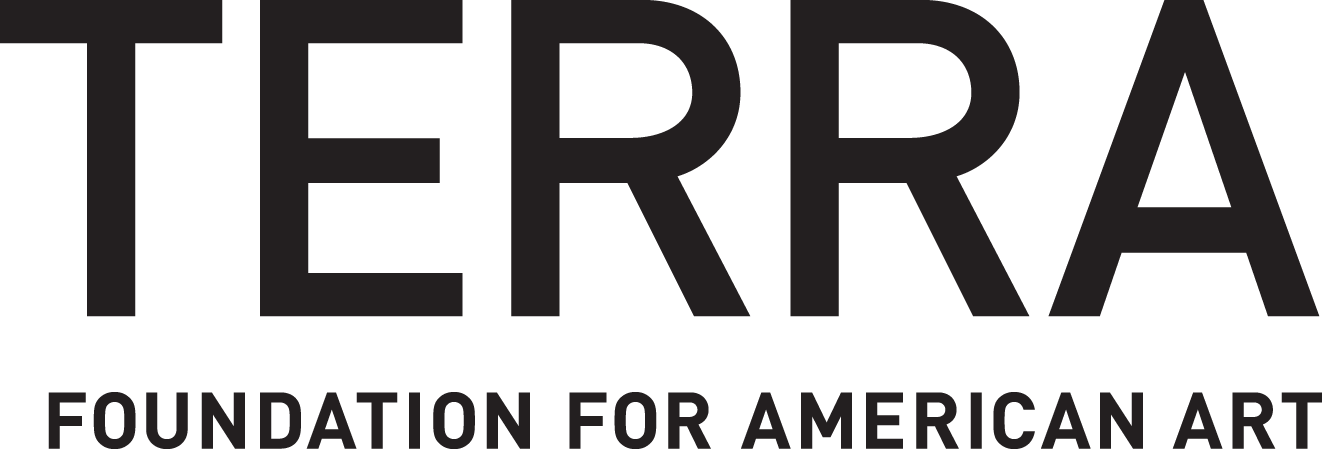This conference originated from a single question: In what ways have art and visual culture contributed to the formulation of the American political imagination? Since its beginnings, the nation’s fractious political identity has been developed and perpetuated throughout its visual economy, playing out on picture planes, splashed across mural panels, and made matter in sculptures and monuments. As such, visual and material culture are a critical locus through which the nation’s political constituents — its voters, parties, politicians, and dissenters — imagine, perform, and organise themselves. It is through the creation, manipulation, dissemination, and destruction of images and objects that these constituents have formed their political identities, asserted assent and dissent, and articulated their desire to end political regimes or their yearning to revisit them.
This conference invites speakers to share recent research on the political valences of American visual and material culture. Their papers cover painting, photography, illustration, monuments, design, art writing, and digital interventions; their topics span a wide variety of subjects, including the production of stable national political identities via imaginings of the American past in 1930s material culture; the writing of politics into and out of art criticism, from the antebellum era to the postmodern; and the role of the media — from television to Snapchat — in producing political power. Broadly, this conference seeks to foreground the political as a key framework for art historical analysis, and to explore what emerges when we resituate images, objects, and artists within explicitly political contexts.
Organised by Louis Shadwick (The Courtauld) and Madeleine Harrison (The Courtauld).
This event is kindly supported by the Terra Foundation for American Art.
Day One Recording
Day Two Recording
Programme
Day 1: Friday 18 March
14.00 GMT / 10:00 EST / 09:00 CST / 07:00 PST
Introduction – Madeleine Harrison (The Courtauld Institute of Art) & Louis Shadwick (The Courtauld Institute of Art)
14.20 – 15.40 Panel 1: ‘Transmission’
Chair: Frances Varley — The Courtauld Institute of Art
Dr. Linda Freedman (University College London), “Wit and Biting Satire: The Afric American Picture Gallery (1859)”
Dr. Tom Day (The Courtauld Institute of Art), “Spectacle Nation: The Political Imaginary of Television and the Configuration of the Human in the Art of Keith Haring”
Dr. Jo Pawlik (University of Sussex), “Figuring Fascism in the Campus Underground Press during the Nixon era”
Q&A
15.40 Break
16.00 – 17.00 Panel 2: ‘Figure’
Chair: Dr. John Fagg — University of Birmingham
Professor Jasmine Nichole Cobb (Duke University), ‘The Pictorial Life of Harriet Tubman’
Professor Richard Meyer (Stanford University), ‘Bad Daddy: George Washington in San Francisco’
Q&A
17.00 End of Day 1
Day 2: Saturday 19 March
13.45 GMT / 09:45 EST / 08:45 CST / 06:45 PST
Introduction & Housekeeping
14.00 – 15.20 Panel 3: ‘Materiality and Immateriality’
Chair: Dr. Alice Butler — The Courtauld Institute of Art
Dr. Elizabeth Johnson (University College London), “Augmented Reality Monuments in L.A.: Redefining the Monument’s Political Power and Presence in Public Space”
Dr. Jonathan Vernon (The Courtauld Institute of Art/Oxford Brookes University), “Art after Oppenheimer: American Politics and the Many Deaths of Modernism”
Professor Kimberly Lamm (Duke University), “Still Fugitivity: The Black Sartorial Imagination in Contemporary Portrait Painting”
Q&A
15.20 Break
15.40 – 17.00 Panel 4: ‘Performance and Spectacle’
Chair: Francesca Wilmott — The Courtauld Institute of Art
Professor Wendy Bellion (University of Delaware), “Iconoclasm Redux: Public Space and National Identity”
Professor Kay Wells (University of Wisconsin-Milwaukee), “The Uncanny Design of White National Identity: Colonial Williamsburg and the Index of American Design”
Professor Jennifer Greenhill (University of Arkansas), ‘Politics at the Beach’
Q&A
17.00 – 18.10 Keynote
Professor Sarah Churchwell (University of London), ‘The Iconography of America First, 1888-2022’
Q&A
18.10 Concluding remarks







